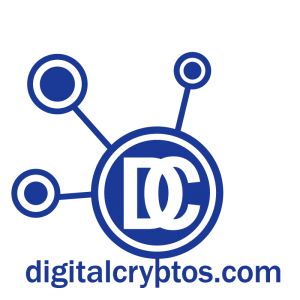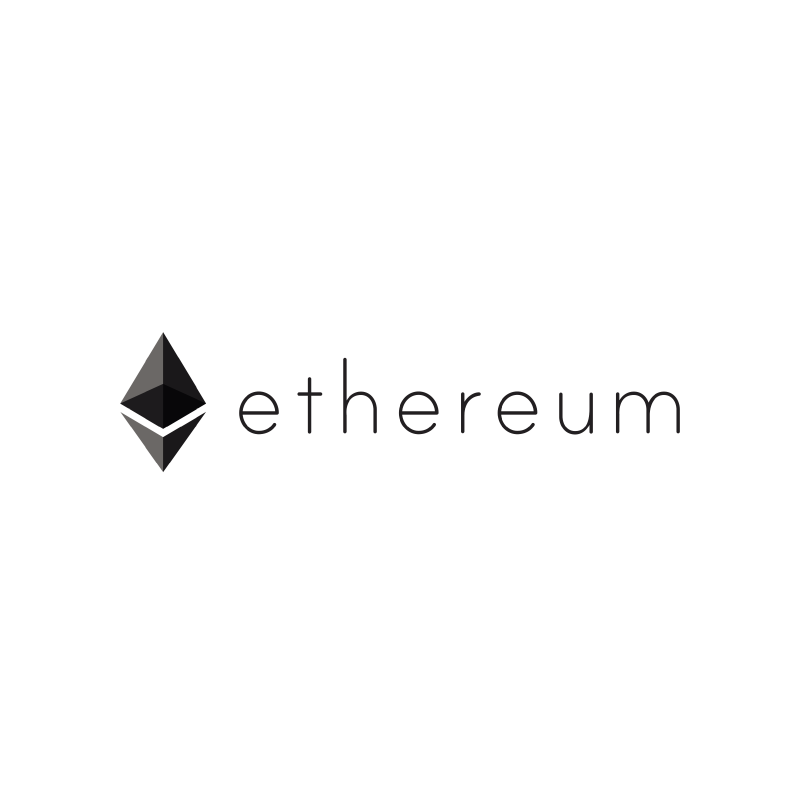Ethereum, a rising star in the tech scene, is an open software platform that is established on the Blockchain technology to enable independent developers to develop and launch decentralized applications. These can be both Smart Contracts and Distributed Application which can run without any downtime, fraud, control or any third party interference. Smart Contracts is a computer protocol that enables the exchange of contracts such as exchange of money, shares, property and any item of value, by facilitating, verifying, and enforcing the negotiation or performance.
On the other hand, Distributed Applications are computer software applications that run simultaneously on multiple systems, although it runs on the same network and communicates with each other through cloud computing features to complete tasks. Ethereum is also a programing language called Turing Complete. It is a language used on the blockchain which facilitates the easy exchange of simple or complicated contracts and thereby eliminating third parties. There is a wide range of application for the Ethereum platform.
The Ethereum blockchain is quite similar to the Bitcoin blockchain. The main difference between the two in regards with the blockchain is that Ethereum blocks contain a copy of transaction list and the most recent state. The blocks also contain the value of block number and the difficulty. Ethereum basic block validation algorithm involves; checking the existence of previous blocks, checking the timestamps of the block and determining if the timestamp of the block is greater than that of the referenced previous block, etc.
On the blockchain, the token system can be implemented in sub-currencies representing assets such as company stock, Gold or USD, smart property, secure unforgeable coupons, and tokens without conventional value. The concept of a DAO (Decentralized Autonomous Organization) is that entities with a certain set of the members of the community reserve the right to spend the entity’s funds as well as modify its code. The methods used to allocate DAO funds include bounties, salaries, and internal currencies. This essentially replicates a situation whereby the cryptographic blockchain technology is used as a tool of enforcement.
Since every transaction published into the blockchain imposes a cost on the network, and thus this creates a need for some regulatory mechanism. This typically involves transaction fees to prevent abuse of the capabilities of the network. The approach taken by Bitcoin is to have the community to act as gatekeepers by volunteering. However, providing regulated block limits acts as a more stable baseline for the Ethereum network. The Ethereum has a number of other application. Ethereum can be used as a saving wallet, crop insurance, a decentralized data field, smart multi-signature escrow, cloud computing, peer-to-peer gambling, and prediction markets, and as an on-chain decentralized marketplace.
What is Ethereum blockchain? Pros and cons:
|
|
|


